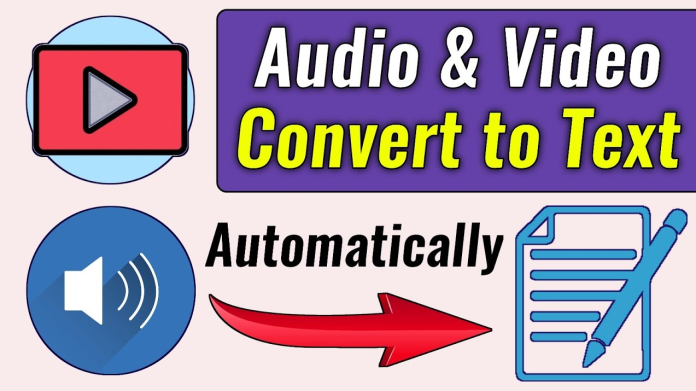In the dynamic landscape of content creation, leveraging diverse mediums to reach a wider audience is paramount. One potent strategy involves converting Hindi videos to text, opening avenues for accessibility, engagement, and cross-platform reach. In this exploration, we delve into the transformative potential of converting Hindi videos to text and the strategic methods through which content creators can expand their audience reach.
Initiating the Transformation: Convert Hindi Video to Text
At the core of this discussion lies the process of converting Hindi videos to text—a method that involves transcribing the spoken content into written form. This conversion not only enhances accessibility for a broader audience but also lays the groundwork for multifaceted content utilization.
Why Convert Hindi Videos to Text?
Understanding the rationale behind converting Hindi videos to text is pivotal for content creators seeking to optimize their reach and impact. Here are key reasons why this transformation holds strategic value:
1. Language Diversity
India, with its linguistic diversity, presents a unique opportunity for content creators. Converting Hindi videos to text allows for the inclusion of multiple languages in the form of subtitles or translations. This caters to audiences with varying language preferences, expanding the content’s appeal across linguistic boundaries.
2. Content Adaptation
Textual transcriptions serve as a foundation for creating additional content. Blog posts, articles, social media snippets, or promotional material can be derived from the transcribed text. This adaptability enhances the versatility of the content and allows creators to leverage it across different platforms and formats.
3. Learning and Reference
For educational or informational content, textual transcriptions serve as valuable learning resources. Learners can read along with the video, reinforcing their understanding of the subject matter. Transcriptions also provide a reference point for viewers to revisit specific information without re-watching the entire video.
Strategies for Leveraging Converted Hindi Videos
Having converted Hindi videos to text is only the beginning. Effectively leveraging this transformed content requires strategic implementation. Here are key strategies for content creators looking to maximize the impact of their converted Hindi videos:
1. Create Engaging Subtitles
Use the transcribed text to create engaging subtitles for the video. Subtitles not only cater to viewers who prefer muted content but also make the video accessible to a global audience. Ensure that subtitles are well-timed, accurately reflecting the spoken content, and enhancing the overall viewing experience.
2. Optimize for Social Media
Social media platforms thrive on diverse content. Utilize the transcribed text to create engaging social media posts. Pull out key quotes, interesting facts, or engaging snippets from the video and share them across various platforms. This approach maximizes the visibility of the content and encourages audience interaction.
3. Multilingual Translations
Leverage the transcribed text to provide multilingual translations or subtitles. India’s linguistic diversity offers an opportunity to reach audiences in different states and regions. By translating the content into regional languages, creators can connect with a broader audience and foster a sense of inclusivity.
4. Blog Posts and Articles
Repurpose the transcribed text into blog posts or articles. Expand on the ideas presented in the video, provide additional context, or delve deeper into specific topics. This not only enhances the depth of the content but also attracts a different segment of the audience that may prefer written over visual content.
5. Enhanced SEO Integration
Optimize the transcribed text for search engines by strategically incorporating relevant keywords. This enhances the discoverability of the content online. Consider the commonly used search terms in Hindi and the specific topics covered in the video to tailor the text for effective SEO integration.
6. Educational Resources
For educational content, the transcribed text serves as a valuable educational resource. Consider creating downloadable resources or study guides based on the transcribed content. This not only aids in learning but also positions the content as a comprehensive educational package.
Conclusion
In conclusion, converting Hindi videos to text is a strategic move that transcends the boundaries of traditional content delivery. By unlocking the potential of textual representation, content creators can enhance accessibility, reach new audiences, and adapt their content for diverse platforms.













